Bucker Bu 181B Bestmann
Production Time 9 to 10 weeks
Shipment is by FedEx, UPS or DHL International Express Courier with a normal door-to-door delivery time worldwide of within 2-3 business days after dispatch. Due to the current volatility of world fuel prices, the amount mentioned here is our best estimate for DHL and UPS and may be subject to change at the time of shipping.

Model Description: Bucker Bu 181B Bestmann Wood Replica Scale Custom Model Aircraft
Manufacturer: Bucker
Wingspan: 16.9 Inches (42.9 Centimeters)
Height: 3.2 Inches (8.1 Centimeters)
Scale: 1:25
Registration: D-EKYF
$239.50
Production Time 9 to 10 weeks
-
United States dollar ($)
-
Pound sterling (£)
-
Euro (€)
-
Australian dollar ($)
-
Canadian dollar ($)
-
Singapore dollar ($)
-
Swiss franc (CHF)
-
Japanese yen (¥)
-
Danish krone (kr.)
-
Hong Kong dollar ($)
-
Norwegian krone (kr)
-
Swedish krona (kr)
-
United Arab Emirates dirham (د.إ)
General Product Description
Our PlaneArts Bucker Bu 181B Bestmann model exhibits unique, unrivaled quality and detailed design to come as close as possible to the accuracy of the actual plane. It comes as standard with a robust, durable base or stand which is available in a variety of different finishes designed to match your own personal requirements including solid wood, wood with polished metal supports or adjustable wood wall mount and will be ready within about 9-10 weeks from placement of order.
The Bucker Bu 181B Bestmann model is made of the finest kiln dried renewable mahogany wood (commonly known as Lauan or Meranti) which has undergone many stages of carving and meticulous and careful sanding giving the beautiful, finished museum quality masterpiece. Many collectors and model connoisseurs demonstrate their preference for genuine handmade and hand painted mahogany wood models rather than plastic or die cast (diecast) alternatives due to the overall look and totally different feel of the item - we trust you will find the same. We can however, if required produce the same model in Solid Cast Resin so just click and contact us for further information. Our craftsmen and gifted artisans ensure that our finely handcrafted model airplanes match the precise blueprint details of the original aircraft. The paint scheme, markings and parts are closely matched, reflecting the original aircraft. This stylish top-quality desktop replica model will surely enthrall anyone who receives this as a gift and for sure one of the most appropriate and desirably collectable gifts for any military aviation enthusiast and avid aircraft collector whilst also displaying a perfect resemblance to the actual real life version.
There are many types of military propeller aircraft, but the basic types are bombers, fighters, fighter bombers, spotter planes, transporters, patrol aircraft, trainers, and reconnaissance and observation aircraft. All these types of aircraft are used for different types of missions. If you're a fan of historic or present-day military aviation, our model aircraft will bring the excitement and character of these aircraft right into your own home. You can order a wood airplane model of a North American B-25 Mitchell Bomber, a B17 - Flying Fortress, or a P-51 Mustang Nervous Energy V not forgetting the Bf 109, Spitfire, FW 190, A6M Zero, P-38 and F4U. These classic, propeller airplane models are of the highest quality. Each is individually crafted by our expert craftsmen. They produce handmade scale mahogany airplane models of the finest aircraft from World War I and II to present day biplanes and triplanes.
If you require, we can also make the Bucker Bu 181B Bestmann model in any other military, government or even private livery or colour scheme you require and if necessary, in a different size or scale. Just click here to contact us with a description or photographs of what you require, and we will let you have a quotation for the necessary customization by return email. We can also make bespoke scale replicas of any other private / civil commercial airliner or airliners, helicopter, glider, gliders with engines, military jet, warplane jets, biplane, triplane, tail fin, spacecraft, rocket or NASA model you require in any airline, military or civilian livery or colors. We also produce model airships, blimps, dirigibles, blimps, boats, and ship collectibles. Wall plaque or seal for military, government or private customers. Again, by clicking here to contact us just let us know exactly what you need.
The Bucker Bu 181B Bestmann: An Icon of Training Aircraft Excellence
The Bucker Bu 181B Bestmann is a name that resonates with historical significance and technological achievement within the annals of aviation history. Designed and built by Bücker Flugzeugbau GmbH in Rangsdorf, Berlin, during the tumultuous years of World War II, this aircraft emerged as one of the premier training tools for the Luftwaffe and other air forces, seamlessly blending simplicity with performance. Its impact and legacy extend far beyond its initial role, marking it as a pivotal design in the evolution of flight training.
Genesis and Design Philosophy:
The inception of the Bu 181 can be traced back to a 1939 specification from the Reichsluftfahrtministerium (RLM), Germany’s Air Ministry, for a new primary trainer. Clemens Bücker, the founder of Bücker Flugzeugbau, aimed to create an aircraft that was not only cost-effective and easy to produce but also forgiving and easy to fly for novice aviators. The resulting design was a single-engine, low-wing monoplane that epitomized efficiency and practicality.
Airframe and Powerplant:
The airframe of the Bu 181B Bestmann was predominantly constructed from wood, with the wings and fuselage featuring a plywood skin. This choice of materials was both a reflection of wartime resource scarcity and a testament to the design’s emphasis on simplicity and maintainability. Powered by a four-cylinder, air-cooled Hirth HM 504 A-2 engine, the aircraft was capable of reaching a top speed of approximately 135 mph (217 km/h), with a range that allowed for extended training missions and cross-country flights.
Cockpit and Flight Characteristics:
The cockpit of the Bu 181B was designed with the novice pilot in mind, featuring side-by-side seating that facilitated easy communication between the instructor and student. This arrangement, combined with the aircraft’s excellent visibility and straightforward control layout, made it an ideal platform for training. Pilots often praised the Bestmann for its benign flight characteristics, including gentle stall behavior and responsive control inputs, which contributed significantly to its effectiveness as a trainer.
Operational History and Legacy:
Although conceived as a training aircraft, the versatility of the Bu 181B Bestmann allowed it to serve in various other roles, including courier duties, light transport, and even emergency medical evacuation during the war. Its reliability and ease of use made it a favorite among pilots, many of whom received their initial flight training in a Bestmann.
After World War II, the production and use of the Bu 181 continued in several countries, underlining its enduring value. Czechoslovakia, Sweden, and Egypt, among others, utilized the Bestmann for both military and civilian purposes, further cementing its status as a remarkably adaptable and enduring aircraft.
Conclusion:
Today, the Bucker Bu 181B Bestmann holds a revered place in aviation history. Its contribution to pilot training during a critical period in global history is unmatched, and its design principles continue to influence modern aircraft. Surviving examples, meticulously restored and maintained by enthusiasts, serve as a flying testament to the ingenuity and vision of Clemens Bücker and his team. As these vintage aircraft grace the skies at air shows and private collections around the world, they remind us of the enduring legacy of the Bestmann as a cornerstone of aviation training excellence.
| Weight | 6 kg |
|---|---|
| Dimensions | 12.5 × 16.9 × 3.2 in |

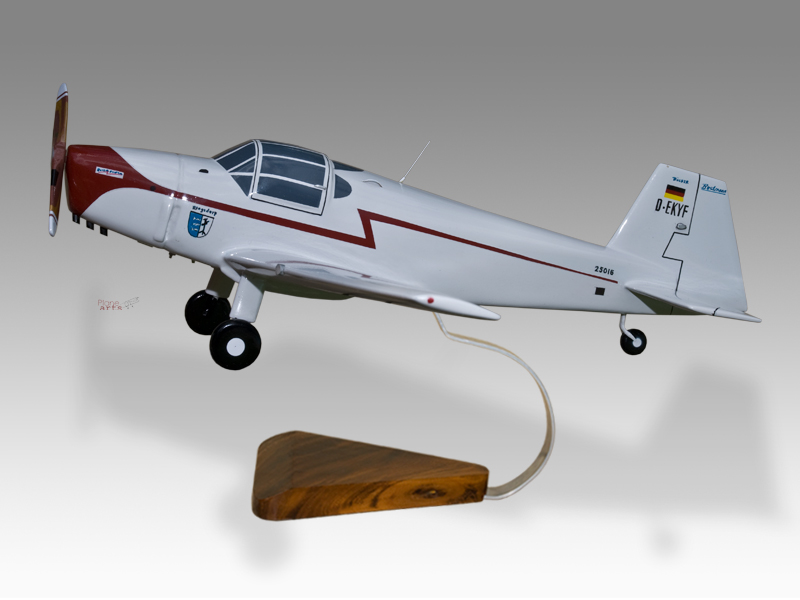


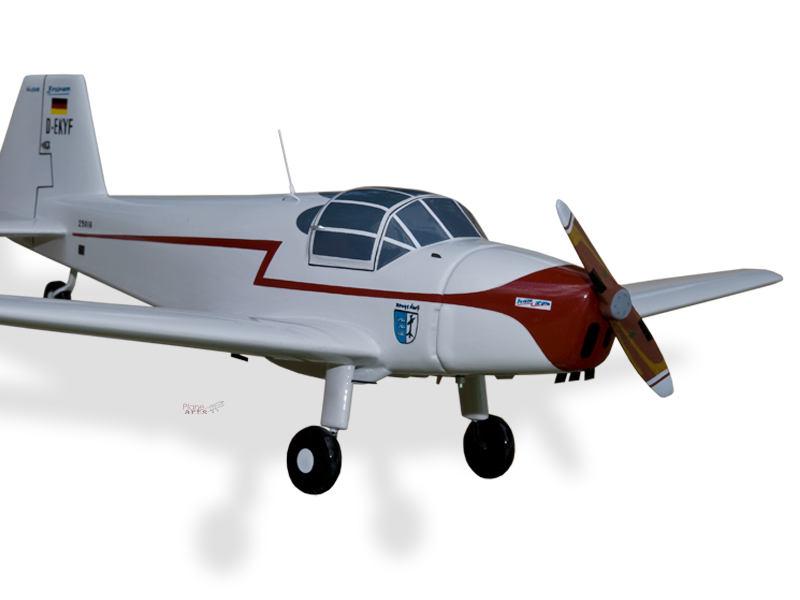
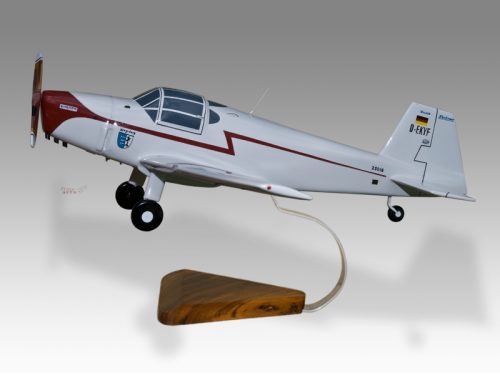
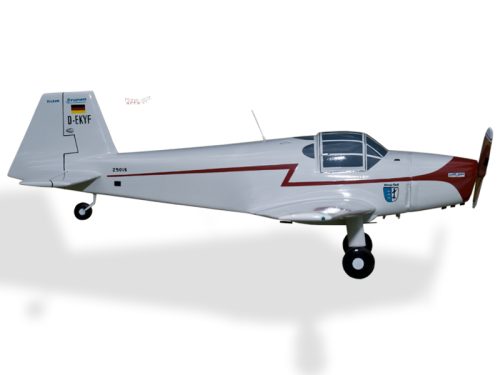

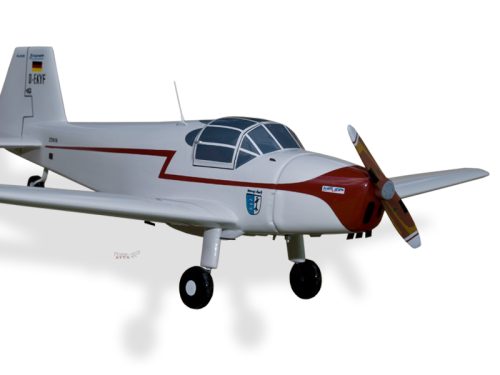
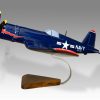
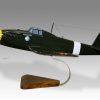
Reviews
There are no reviews yet.